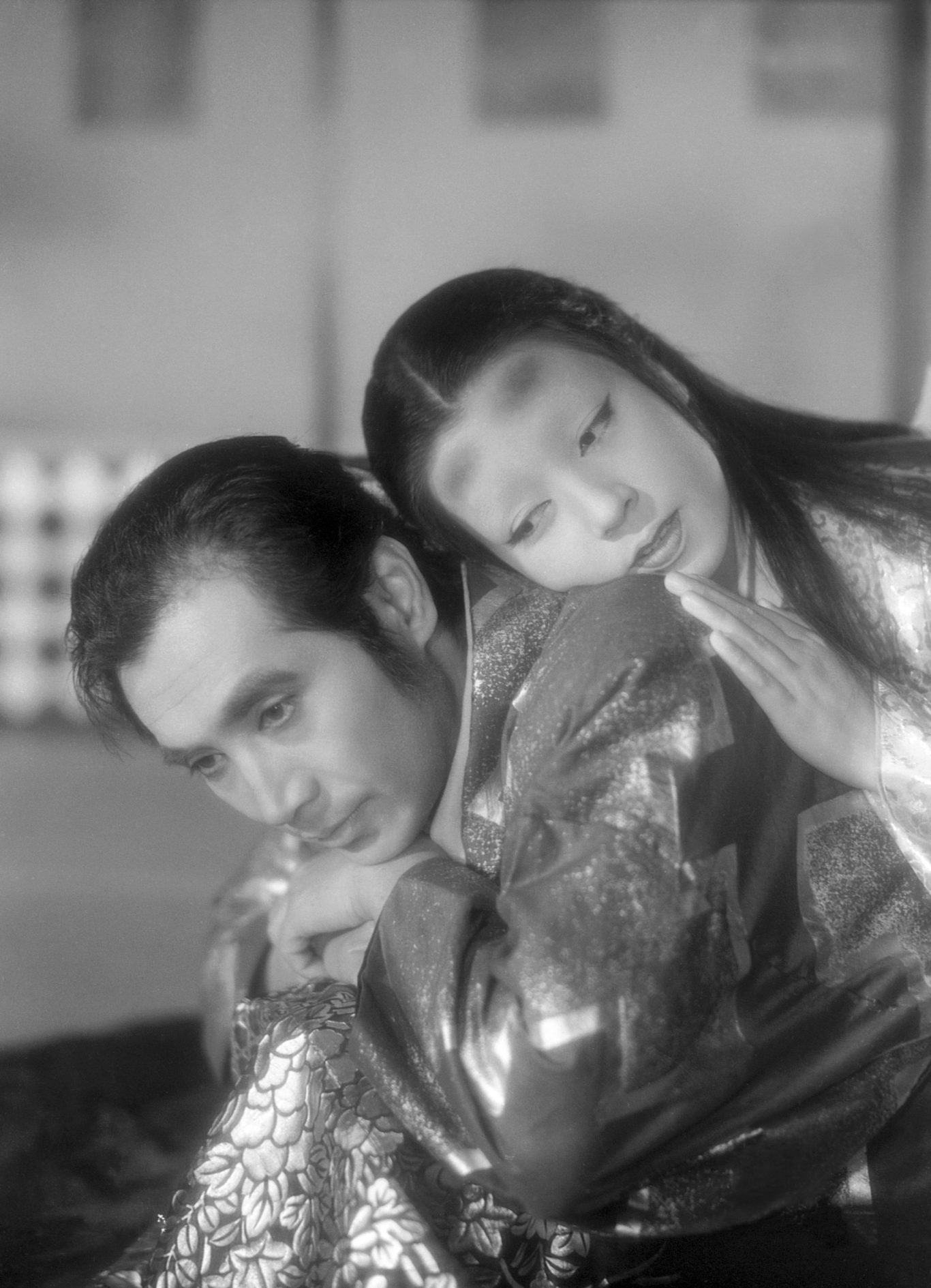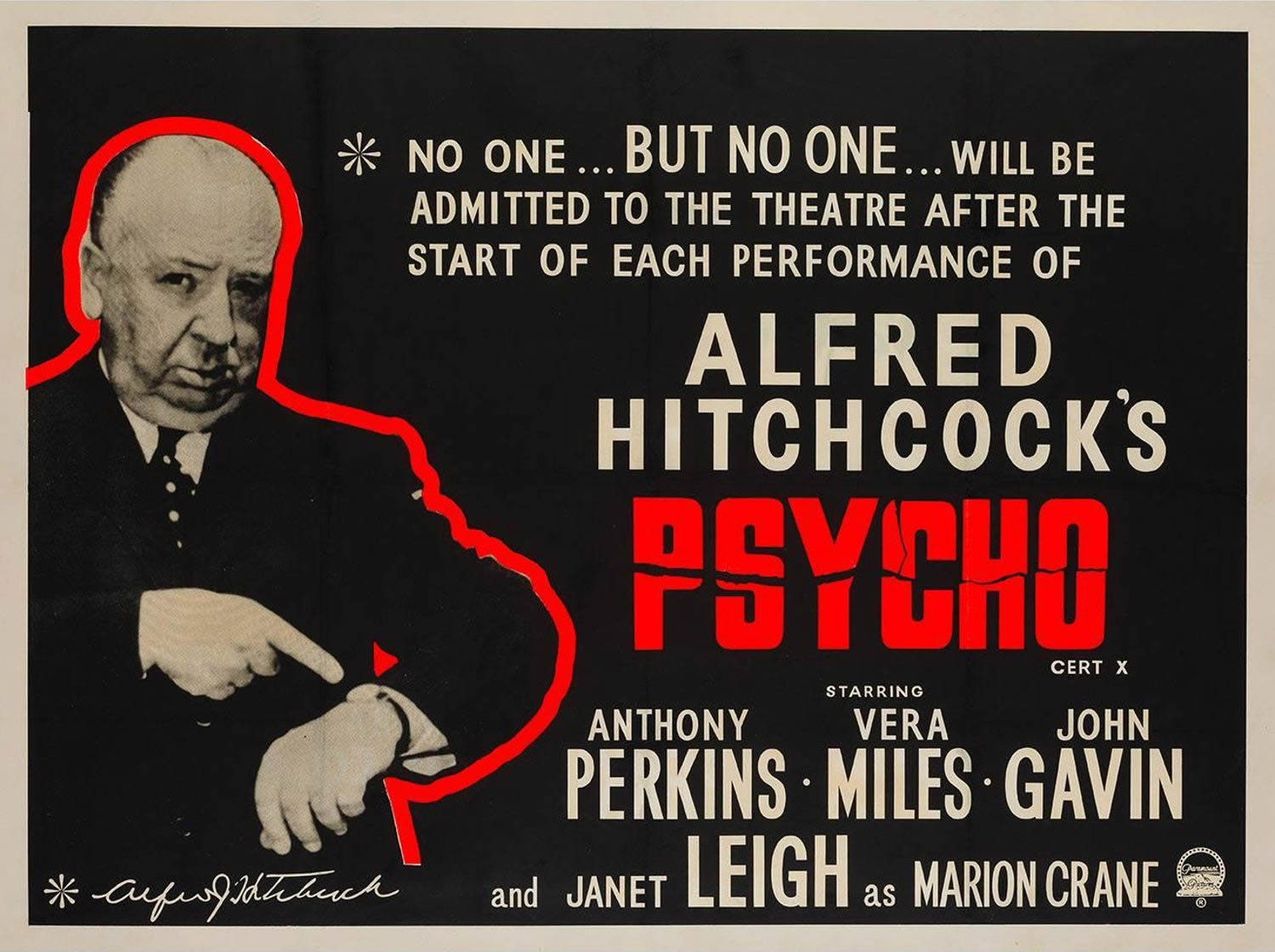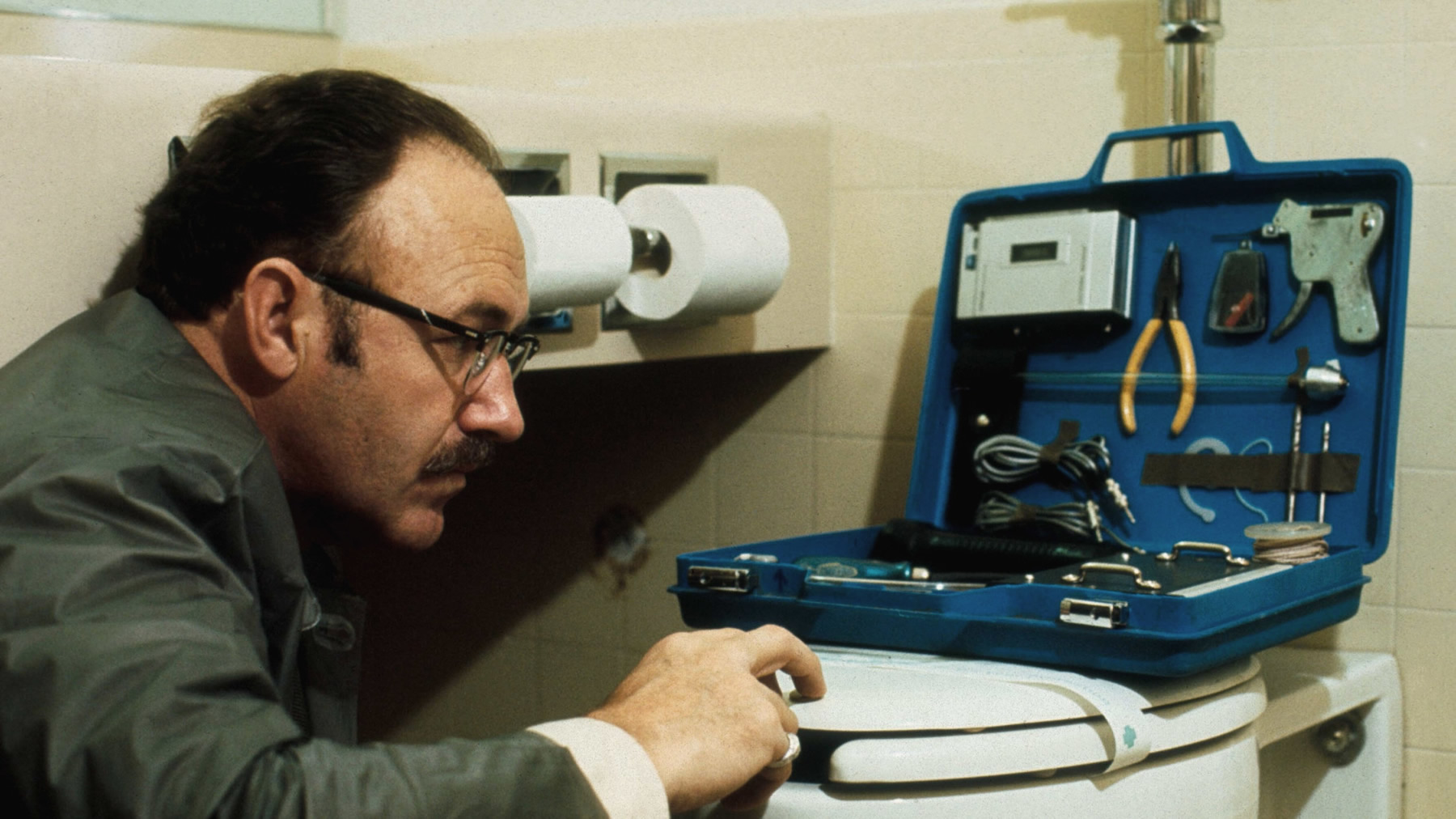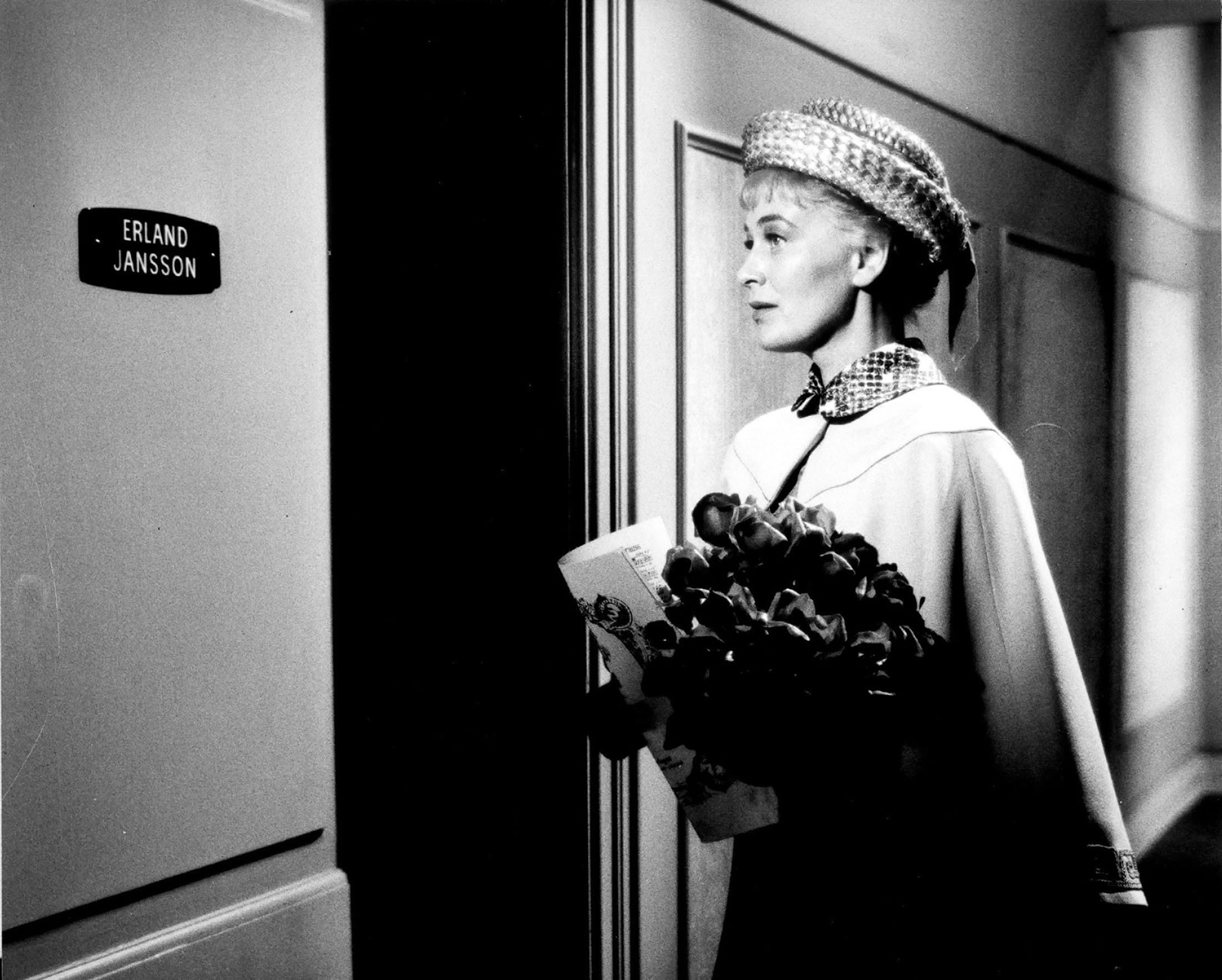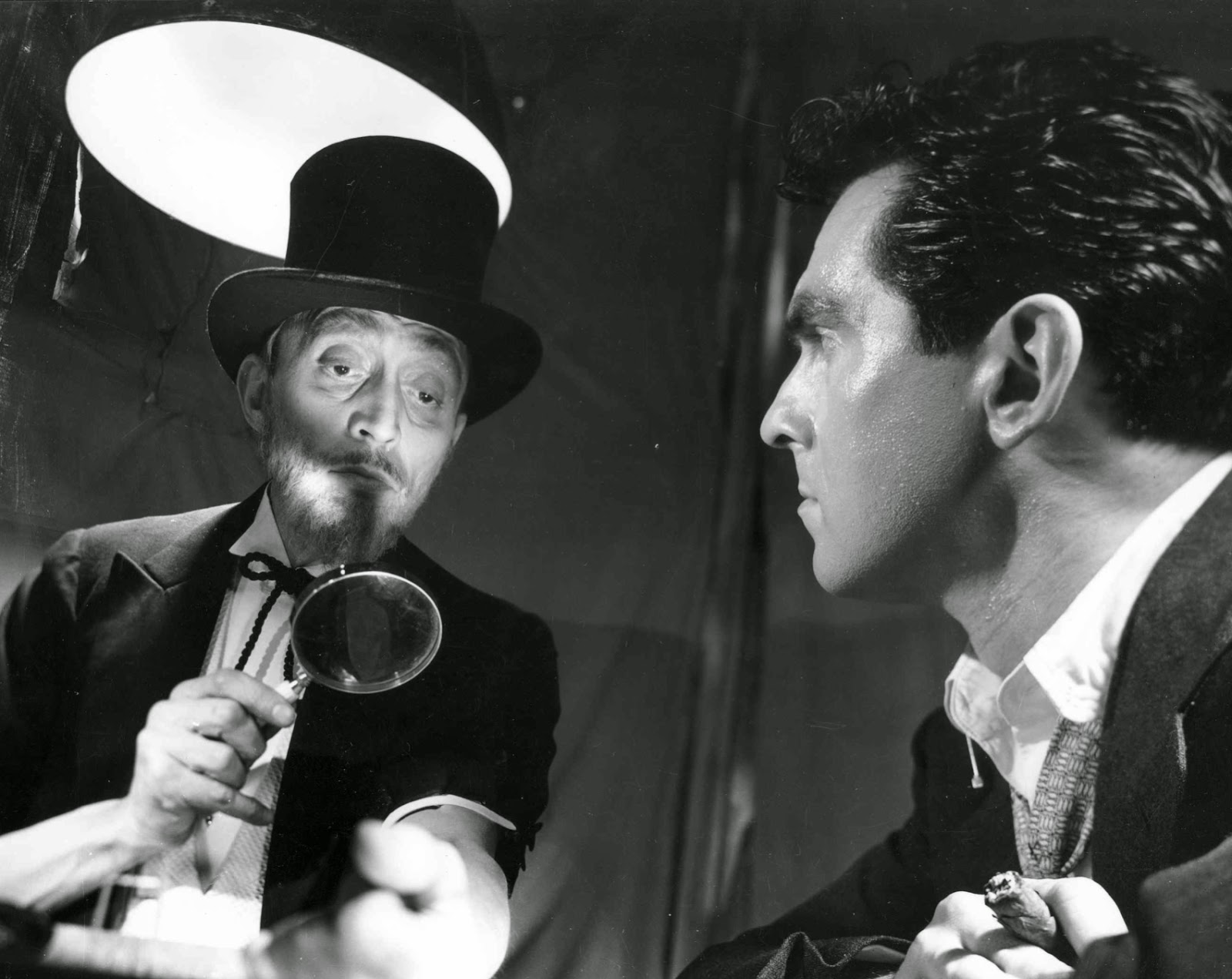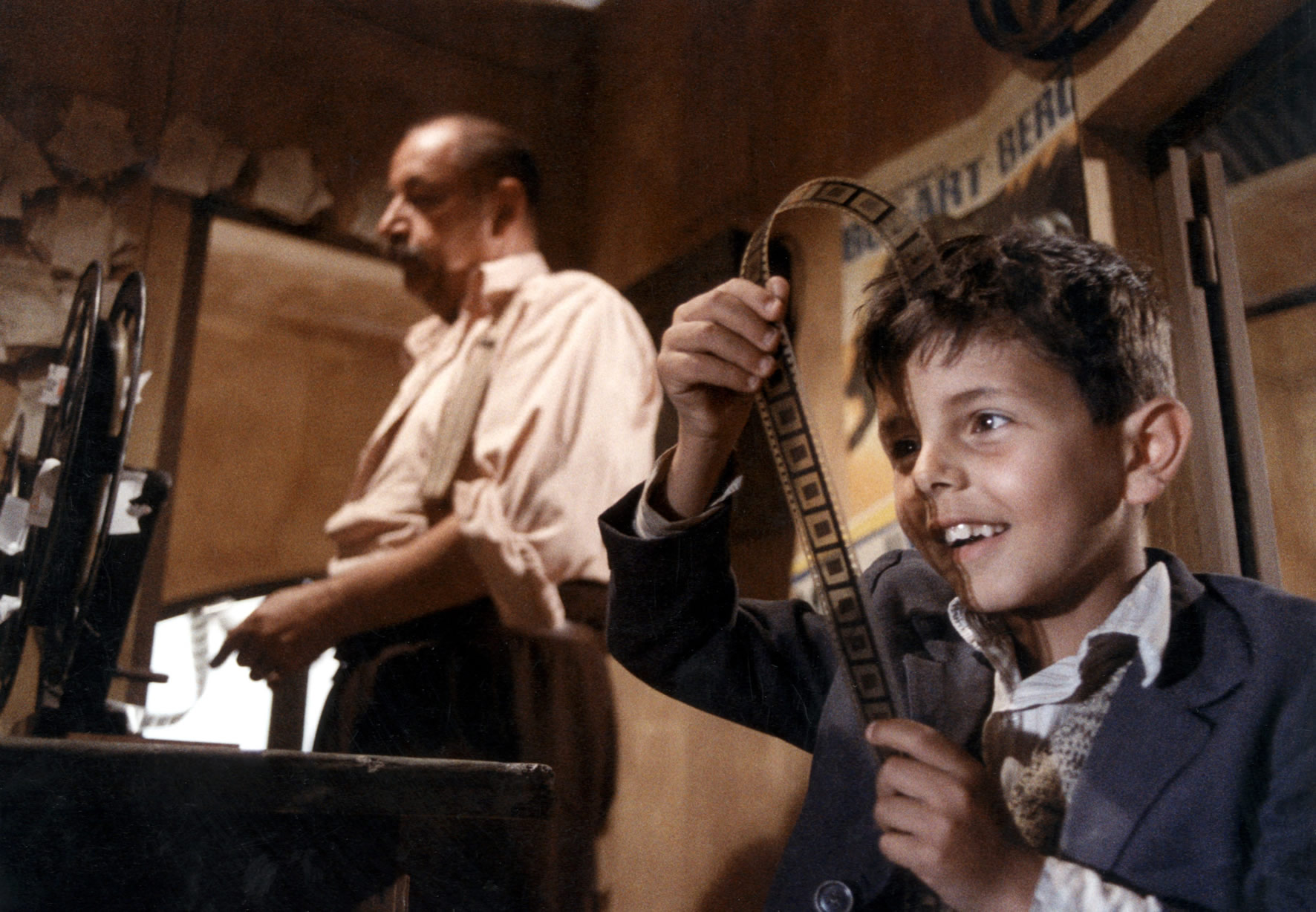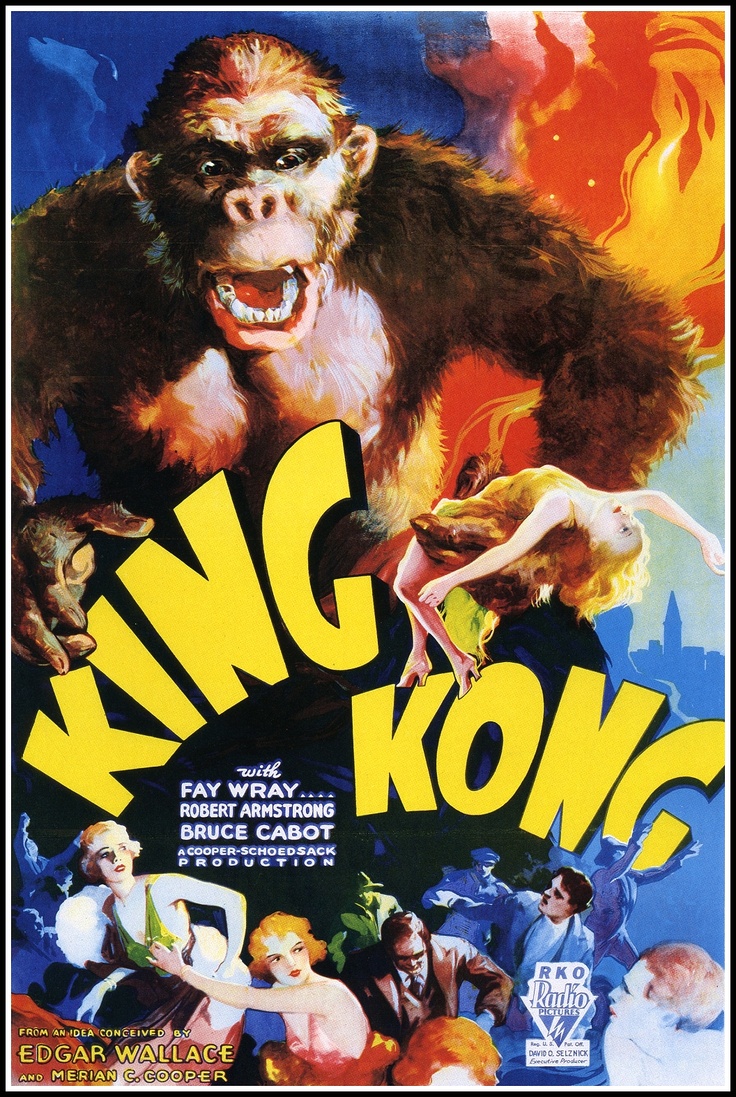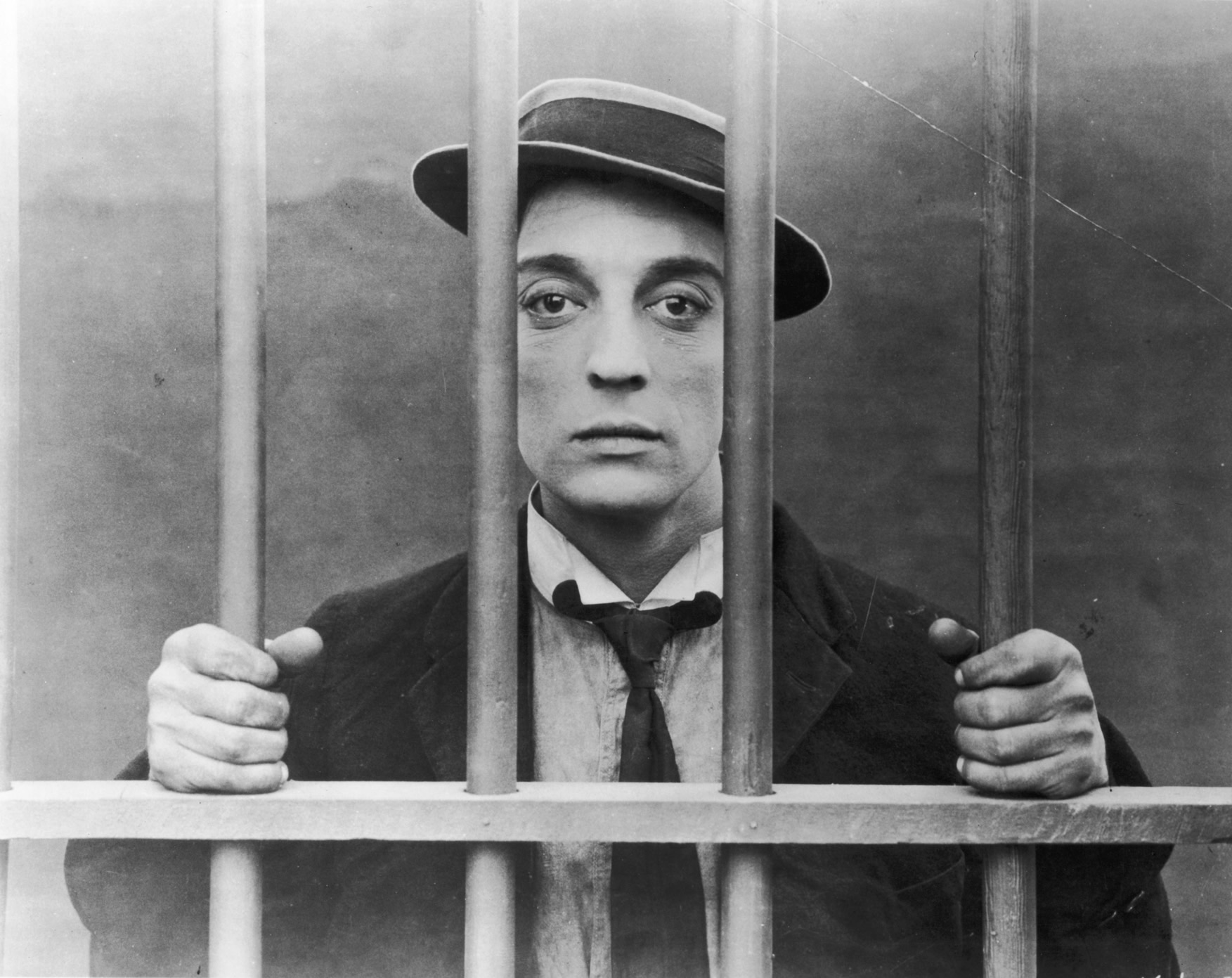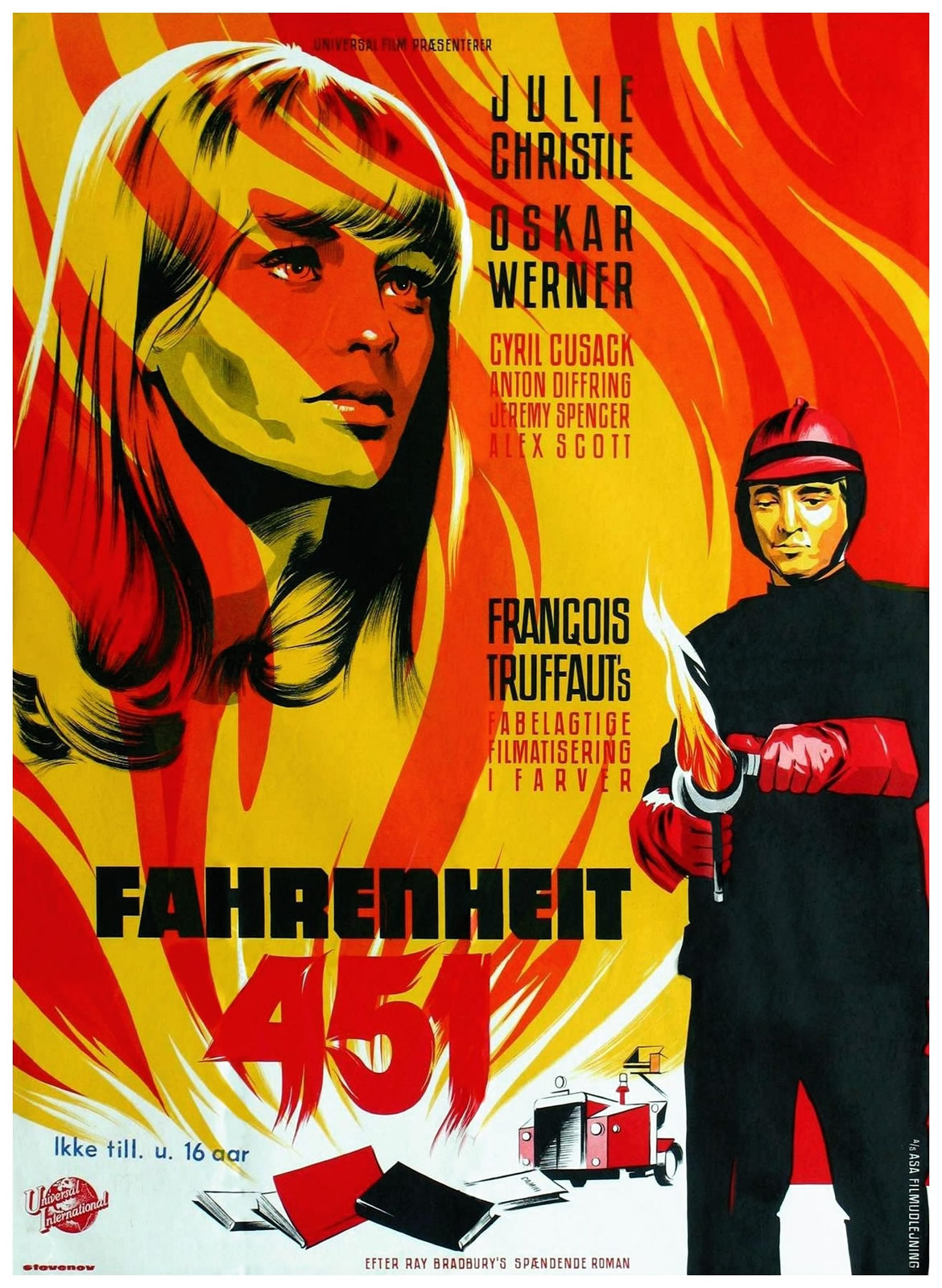Nobody does ghost stories like the Japanese. Just ask someone who has seen the contemporary Japanese movies, Ringu and Kairo. Ugetsu isn’t just a ghost story, though it’s the images from the ghost portion of the film that tend to linger in the mind and haunt the viewer for years to come.
Ugetsu is generally acknowledged to be director Kenji Mizoguchi’s finest film. Tastes in movies can be subjective, but it’s fairly obvious to anyone who has seen it that Ugetsu belongs in the same league as Kurosawa’s Seven Samurai and Ozu’s Tokyo Story. Set in a period of violent civil strife, a humble potter leaves his wife and young child to sell his wares in the city. He meets a mysterious woman there, who turns out to be much more than meets the eye.
One of the most beautifully photographed and fluid of the classic Japanese films, Ugetsu is given a first-class treatment by Criterion with a new high-definition digital transfer. The scenes on the water glimmer and sparkle as they did in the 35mm print, and the subtle lighting throughout is far more apparent than in the previous laserdisc release. As someone who treasured his laserdisc version of this film, I was very happy with the Criterion DVD transfer.
Eureka Entertainment offers a Blu-ray that is supposed to be very close to the theatrical experience, however that disc is Region B encoded. No word yet from Criterion on whether they plan to offer a Region A version for the U.S. market.
Criterion’s double-disc DVD set includes an informative 150-minute documentary on Mizoguchi and his films, titled Kenji Mizoguchi: The Life of a Film Director. It’s an excellent introduction to an under-appreciated director, who Jean-Luc Godard proclaimed as “quite simply one of the greatest of filmmakers.”
Ugetsu
(1953; directed by Kenji Mizoguchi)
The Criterion Collection (Blu-ray and DVD)
Monday, October 30 at 4:15 a.m. eastern (late Sun. night) on Turner Classic Movies
